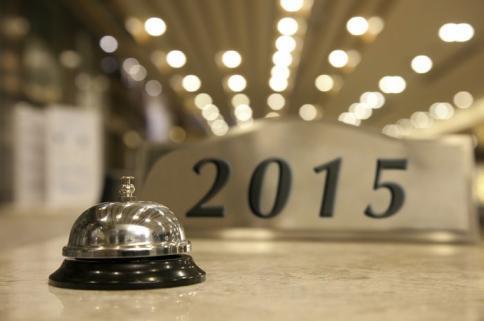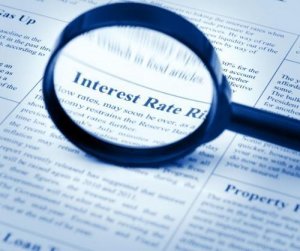
By: Russ Rivard, MAI
January, 2015
Demand is up, average rates and occupancy are on the rise, and supply appears to be well absorbed. Interest rates remain down and capital can be had for the right hotel projects. For hoteliers, 2015 looks like the healthiest time in almost a decade.
While it’s always tough to measure how much promise the coming year will hold, certain factors make 2015 look favorable for hoteliers. The chief source of optimism is the economic growth seen for several years in the U.S., which has enabled higher levels of travel and hotel demand. This in turn has brought about higher hotel performance levels and values. The following gives a glance at what this means for the U.S. hotel industry in 2015.
Healthy Demand and a Robust Economy Absorbs New Hotel Supply
Economic growth in the U.S. has continued for several years, silencing doubts about the trajectory of the nation’s economic recovery. This compounded growth has meant better business for U.S. hotels, improving performance metrics industry-wide to very favorable levels in the years since 2010. This has meant better access to capital in the form of investment dollars or loans for hotels, and development of upscale and upper-midscale hotels surged in 2014.
Much of the new supply has replaced older, razed properties, and most of the new hotels have been built in markets that could readily absorb the additional supply. Hoteliers should continue to keep watch on the balance of supply versus demand in their markets in 2015, though the rise in personal wealth and the decline in unemployment are signs that leisure and commercial travel have the fuel to take off this year. Hotel occupancy and average rate in most U.S. markets, even those that have realized a surge in supply, should improve as a result.
Interest and Cap Rates Set to Remain Stable
In December, Federal Reserve Chair Janet Yellen signaled that the Fed still plans to start raising interest rates in 2015. If the Fed decides to raise interest rates, the increase is expected to be minimal and not to begin until mid-year. Any movement in the interest rates will eventually—not imminently—affect cap rates. Hence, the window of opportunity for investors should continue throughout much of 2015, and in the meantime, lower interest rates should continue to allow for more availability of debt and higher loan-to-value ratios—factors favorable for hotel owners and developers.
To Buy or To Sell—A Question of Value in 2015

Owners who struggled through the recession welcome the long-awaited increase in revenues. Many may still opt to continue to take advantage of the improved earnings, thus holding off on a potentially profitable sale of the property, given the increase in value. On the other hand, hoteliers that wish to capitalize on their hotel’s value increase might feel primed to put their property on the market. But, depending on their hotel’s value, market, asset class, branding, renovations history, and other factors, these owners could find 2015 a difficult environment to accomplish a sale.
Given the aforementioned favorable factors, from hotel performance to the flaring energy of the overall economy, why would it be difficult to unload a hotel into a healthy market? It comes down to capital. Interest rates are low indeed, and compared to the situation amidst the recession, the lending markets are brimming with capital. Still, lenders are very keen on the lessons learned from the economic downturn and the supply glut that played its part in creating a downfall in hotel values. Hence, many potential buyers are still finding it hard to attain affordable financing as lenders continue to scrutinize proposed hotel projects and stick to strict lending standards. Banks, despite a recent push by Congress to loosen the regulation on “high-risk” investments, hesitate to return to high-risk loans.
Buyers bringing equity to the table on a hotel transaction with a well-substantiated value should fare well. Those with little to no equity or without solid documentation on a hotel’s historical and projected performance and value, however, may still find it difficult to secure funds for a transaction in 2015.
Conclusion
Hotel markets across the nation have reaped the benefit of increased travel and stable supply in past few years of economic recovery. Despite the aforementioned caveat about obtaining financing, 2015 should prove a strong year for hotel transactions as rising values prompt hotel owners to sell and improved fundamentals and low interest rates prompt investors to buy. Hotel development should see particular success in areas that have experienced a surge in demand but are lacking in hotel supply. Knowledge of the market, including hotel values, performance, and competition, remains the best tool for hoteliers, wherever the ambitions lie in 2015. But on the whole, the positive energy in the economy and the favorable conditions in hotel supply and demand should help move the industry onto even more solid ground this year.
Note: The data presented in this article are for informational purposes only and are not meant as a basis for making investment decisions.




